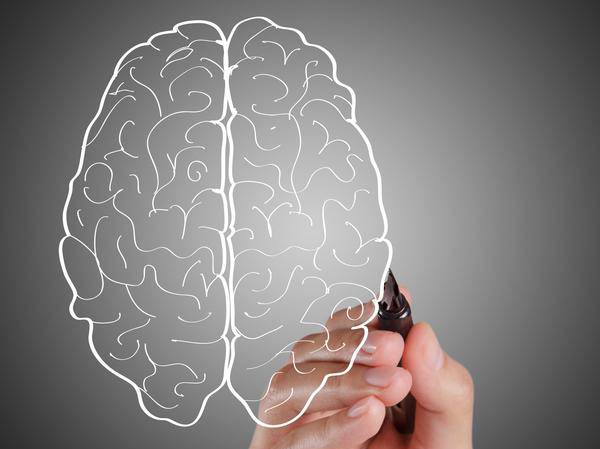
Offering Recertification Credits Regionally & Nationally

The juncture that matters most is this ever present juncture that we live in presently. If one wants to truly experience this current juncture, he or she must understand every component of the present. Mindfulness practices educate the brain to extinguish the continual information entering our consciousness such as thoughts, reasoning, and stimulation.
The ability to extinguish will help us to focus only on the ever important present juncture. It is critical to understand the great potential of the present juncture, and to supply children with mindfulness practices.
These practices will guide children to independently govern their own thoughts, behaviors, and emotions in order to shine and exceed in life. An important piece of the mindfulness awareness puzzle is the interpretation of brain operation. When children realize how the brain operates, they are capable of concentrating on their emotions, and determining when their spotlight is veering off from the present.
That's why we at The Educator's Place want to help our fellow educators learn more about teaching mindfulness in the classroom - what it means, why it matters, and how to go about accomplishing it.
The main idea of this course is that the more aware we become of the essential nature of ourselves, others, cultures, and the environment, the more considerate...and peaceful we will become. In this course, we will delve into the significant highlights of Goldie Hawn and Wendy Holden’s book, 10 Mindful Minutes. The online resources provided in this course will help students learn about the importance of teaching mindfulness daily in schools, and how to successfully implement this practice into classrooms.
Students in this course will learn:
-the latest findings in brain science
-mindful breathing and mindful sensing
-techniques for increasing students’ coping skills and communication skills
This course will help participants understand how to:
-effectively tune in to a student's wave length
-teach: optimism, kindness, and gratitude in schools
-promote and teach empathy in schools
-impart compassion in students
-help students gain emotional intelligence and focused attention
-help children to successfully manage emotions such as anger, sadness, and fear
-help students learn to understand and manage their emotions
-help students learn how to pause and reflect on situations, rather than backfire and react
-teach students the social and emotional skills needed to decrease anxiety and stress
-identify the detriments of ignoring the importance of mindfulness
The most important factor in informing our children about mindfulness and peace is that we, their adults, model the behaviors and attitudes we ask children to display. In order to accomplish this, we must make a conscious and perpetual intention to work on our own growth.
As educators, the key is in our hands. We stand at a cross roads as we arrive at this new semester and 2018! Our world can move in the direction of chaos and destruction, or it can move in the direction of peace and continual growth. Educators have the opportunity, in our own small way, to make a substantial contribution to the route by teaching mindfulness in schools each day.